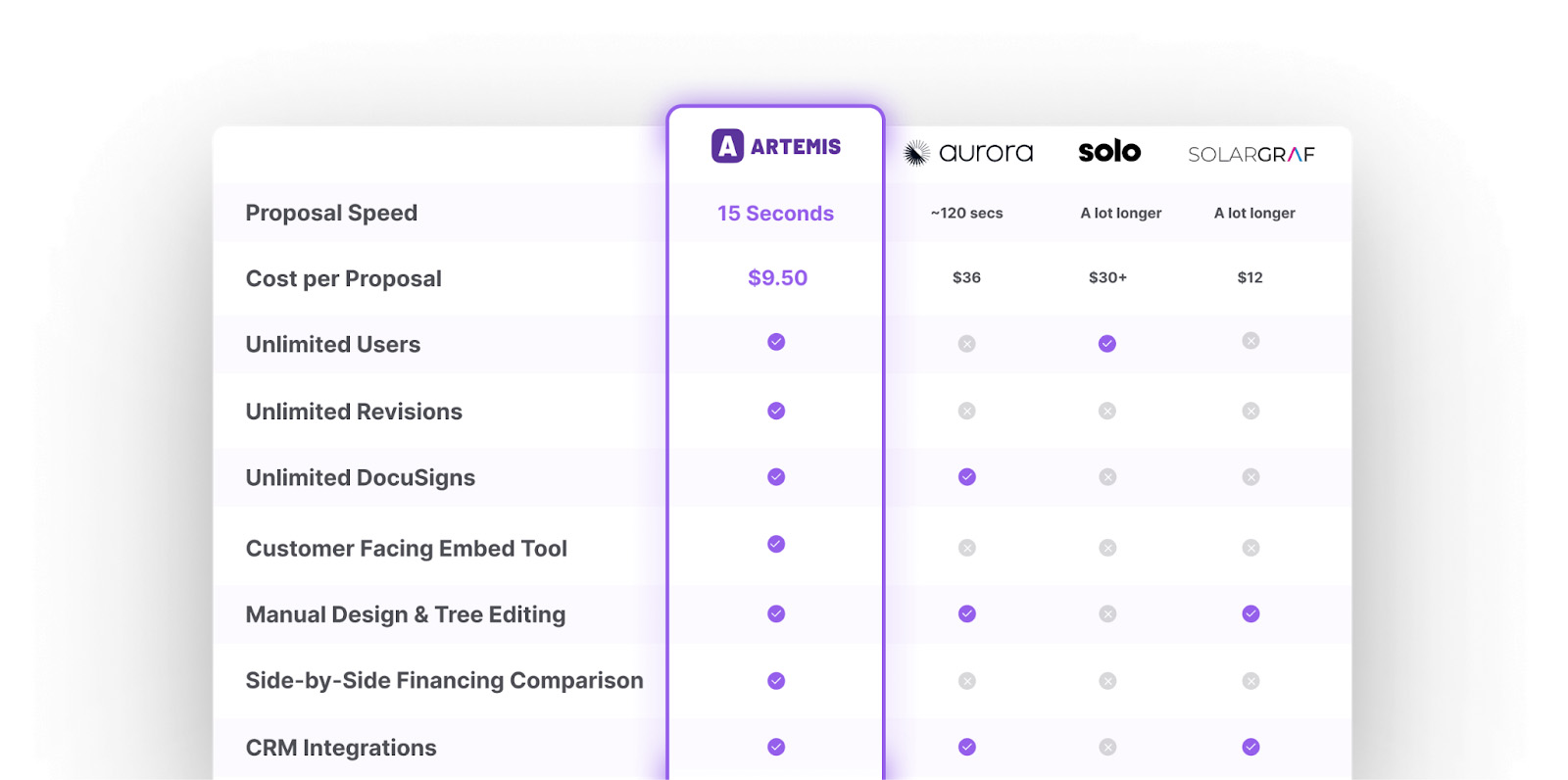Community solar forecasts increase, but interconnection challenges loom

The U.S. community solar market has been made a priority by the Department of Energy under the Biden Administration, with a goal of 20 GW by 2025. New research by Wood Mackenzie, in collaboration with the Coalition for Community Solar Access (CCSA), says the community solar industry is poised to continue growing over the next five years, adding 4.5 GW of capacity.
“Since our first outlook, published in July 2021, we have increased our five-year forecast for growth of community solar in the U.S. by 9%,” notes Rachel Goldstein, an analyst with Wood Mackenzie’s solar research team.
With about 3.5 GW of community solar capacity currently, that projection would equate to 8 GW of capacity by 2025, which would leave the segment 12 GW short of the DOE’s 2025 target.
Expanded programs and new initiatives will boost development, with Goldstein citing forecasts for New Jersey, New York, Illinois, and Colorado being increased because of updated and expanded programs from state governments.
And yet, interconnection challenges may hamper the sector.
Goldstein noted that Minnesota and Maryland’s forecasts decreased due to continued siting challenges in both states. The forecasts for Massachusetts and Maine have also been revised downwards due to delays related to interconnection studies.
However, the report states that new community solar legislation in states across the country can open new markets in the coming years.
“Community solar needs state-level polices in order to thrive. Recently, several states have passed or proposed legislation for community solar programs,” Goldstein said.
Interconnection issues
The report stressed that interconnection difficulties represent a major challenge facing the community solar sector, and is one that will continue in the coming years.
“As community solar penetrates more markets, it will have to contend with interconnection challenges due to grid congestion and outdated infrastructure,” Goldstein said. “Today, Maine and Massachusetts are experiencing the complexities that come with interconnection studies and upgrade cost allocation decisions. These processes lead to delays and cause project attrition due to cost uncertainties.
“These grid challenges could be replicated in other states, with some developers believing that the situations in Maine and Massachusetts are harbingers of the interconnection challenges they may see in other markets.”
Up and coming states
New Mexico and Delaware both passed legislation in 2021 for new or improved community solar programs. Midwestern states like Pennsylvania, Wisconsin, Michigan, and Ohio have all proposed bills for community solar programs that are working their way through the state legislatures. Implementing these programs would represent a significant increase in forecasts.
Customer acquisition
In this report, Wood Mackenzie and CCSA collected data on customer acquisition costs and found that costs vary widely, anywhere from $500 to $20,000 per customer. Residential customers with more standardized contracts have more consistent acquisition costs, while unique contracts for larger commercial customers result in a range of acquisition costs.
Residential subscribers still make up the vast majority of community solar subscriptions and are simpler to acquire thanks to standard contracts. However, anchor tenants, such as large commercial entities and municipalities, receive a significant amount of capacity from projects.





Comments are closed here.